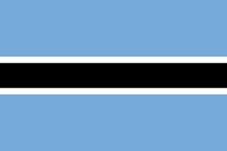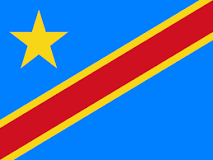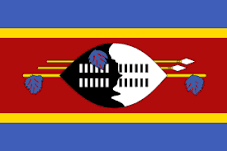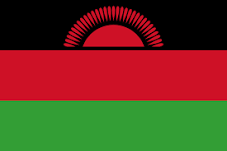Zimbabwe, and Zambia Collaborate to Save Kariba’s Kapenta Fish
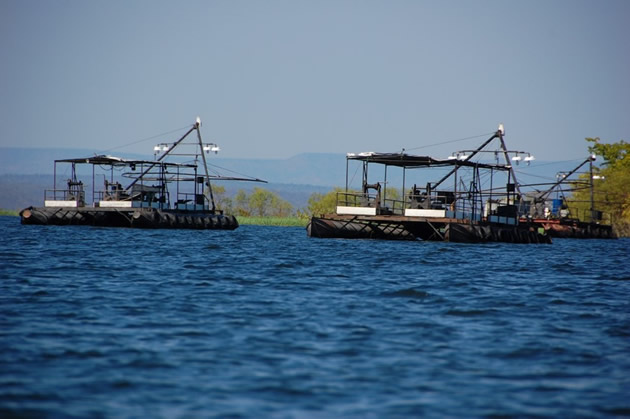
Fishing rigs at work on the Kariba Dam
By Obert Chifamba
THE recent introduction of a vessel monitoring system (VMS) in Lake Kariba may herald the turning point in tackling the rapid decline in kapenta fish in the lake on the backdrop of allegations that unregistered rigs are invading the waters and causing overfishing, which is compromising the sustainability of the kapenta industry.
In an interview, the Ministry of Lands, Agriculture, Fisheries, Water and Rural Development’s Director of Fisheries and Aquaculture Resources Department (FARD), Mr. Milton Makumbe said his department had roped in the Zimbabwe National Parks and Wildlife Authority (ZimParks) and its Zambian counterpart to come up with a road map on the regulation of kapenta rigs on Lake Kariba that bars unregistered players from operating. “Each rig must have a VMS so that we monitor where they are conducting their catches. These monitoring gadgets are going to be in surveying our various centers and sub-centers at Kariba.” Said Mr Makumbe.
Statistics provided by FARD showed that in 2021 there were 5 950 tonnes of kapenta catches, which had grown to more than 40 000 at some point during the intervening years. This had, however, dropped to around 5 231 tonnes in 2022 marking a decrease of 12, 1 percent. Mr Makumbe said the decrease in the kapenta catches was attributable to the high influx of kapenta rigs on both the Zimbabwean and Zambian sides.
“This is causing a lot of pressure on our fishery resources. We are harvesting more than we are supposed to and this is not sustainable in the long run. The industry might collapse,” he said. Fish rig operations have impacted the Kapenta population immensely, which threatens to cripple the industry. “We have a problem of individuals doing fishing in our breeding sites, which is illegal. As a result, we end up depleting our kapenta population,” said Mr Makumbe. Meanwhile, Mr Makumbe also took the opportunity to explain reports of increased catches in Kariba that were published by some media outlets recently.
The Government, along with relevant agencies and other key stakeholders, has emphasized the need for sustainable fishing practices to preserve the ecosystem of Lake Kariba. “Together with the Southern African Development Community (SADC), we adhere to the charter establishing the Fisheries Monitoring Control and Surveillance Coordination Centre (MCSCC). Article 6 of this charter aims to establish common operational standards and policies for fisheries monitoring, control, and surveillance throughout the SADC region.
“Furthermore, it aims to promote responsible and sustainable use and protection of living aquatic resources to enhance food security and generate economic opportunities,” said Mr Makumbe.
Situated between Zambia and Zimbabwe, Lake Kariba boasts a wide variety of fish species such as the tiger bream, tilapia, catfish, barbel, labeo, jack, and vundu.

The author is a Senior Reporter at the Heralds Newspaper in Zimbabwe











































